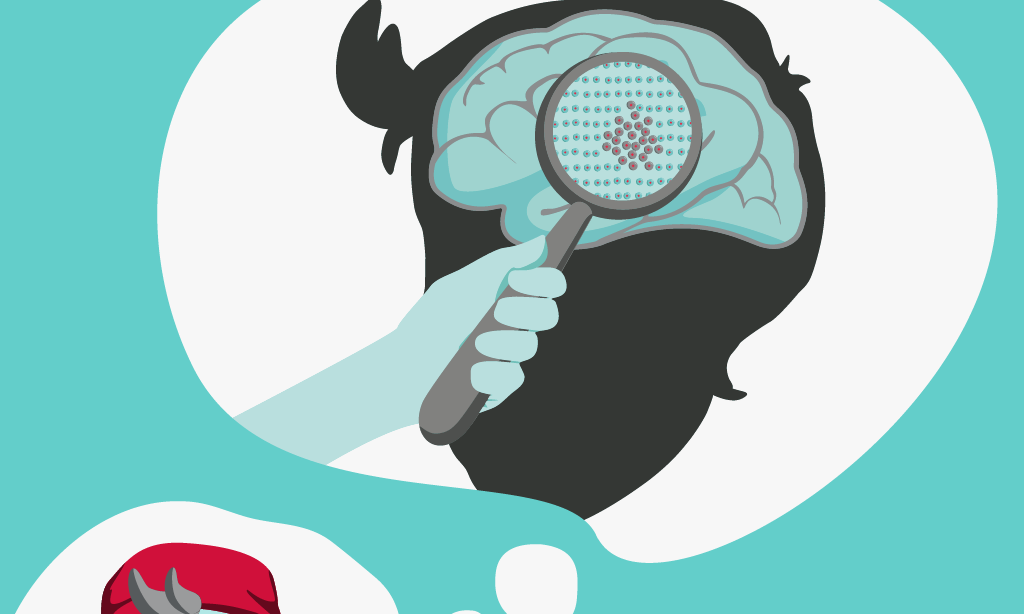Germ cell tumours
Germ cell tumours are fast growing, ‘malignant’ tumours. They grow from cells that are involved in our growth when we are developing in the womb. Germ cells form part of the embryo and develop into the reproductive system.
On this page:
- What are germ cell tumours?
- Types of germ cell tumour
- Symptoms of germ cell tumours
- Diagnosis
- Treatment
- Prognosis
Get support
It’s normal to feel shocked if you or someone you know has been diagnosed with a brain tumour. Our Support Team can answer questions you have or provide a listening ear if you need one.
Get your free Information Pack
Our Brain Tumour Information Pack can help you better understand your diagnosis and feel confident talking to your medical team.
Join our online support groups
Our online support groups are a great place to connect with other people affected by a brain tumour.
What are germ cell tumours?
Germ cell tumours are fast growing tumours.
They grow from cells that are involved in our growth when we are developing in the womb. Germ cells form part of the embryo and develop into the reproductive system.
Germ cell tumours can either be benign (non-cancerous) or malignant (cancerous).
Most germ cell tumours occur outside the brain. But, those that do grow in the brain are most often in the area close to the pituitary gland and the pineal gland at the base of the brain. These are called ‘intracranial germ cell tumours’. They are also called embryonal tumours.
Types of germ cell brain tumour
There are two main types of intracranial germ cell tumour: non-secreting germinomas and secreting germ cell tumours.
They can spread via the cerebro-spinal fluid around the brain and to the spine.
They represent around 1 – 2% of all brain tumours. About half of these occur in children and young adults (10 – 20 years old).
Symptoms of germ cell tumours
Germ cell tumours often block the flow of cerebro-spinal fluid (CSF) around the brain and spinal cord.
This causes headaches and sickness and, as a result, these tumours are often picked up early when they are still small.
Diagnosis
Germ cell tumours sometimes produce chemicals that can be picked up in blood tests (biomarkers). These can also help to diagnose these tumours quickly.
For exact diagnosis, the medical team might take a biopsy, which is a small sample of the tumour.
Treatment
Due to their location, germ cell tumours are usually treated with chemotherapy or a combination of radiation and chemotherapy, rather than surgery.
Surgery might be used to treat hydrocephalus (excess water in the brain) caused by the tumour blocking the flow of cerebrospinal fluid. Sometimes surgery can be used to remove some of the tumour.
Prognosis
Chemotherapy works particularly well on germ cell tumours, even if they have spread.
Because of this, most people who are treated for these tumours are cured.
Support and Information Services
Research & Clinical Trials Information
You can also join our active online community.
In this section

Get support
If you need someone to talk to or advice on where to get help, our Support and Information team is available by phone, email or live-chat.
Get your free Brainy Bag
Our Brainy Bag is a free gift for children and young people who have been diagnosed with a brain tumour, made up of a range of handpicked toys and activities!
Recommended reading
Share your experiences and help create change
By taking part in our Improving Brain Tumour Care surveys and sharing your experiences, you can help us improve treatment and care for everyone affected by a brain tumour.
